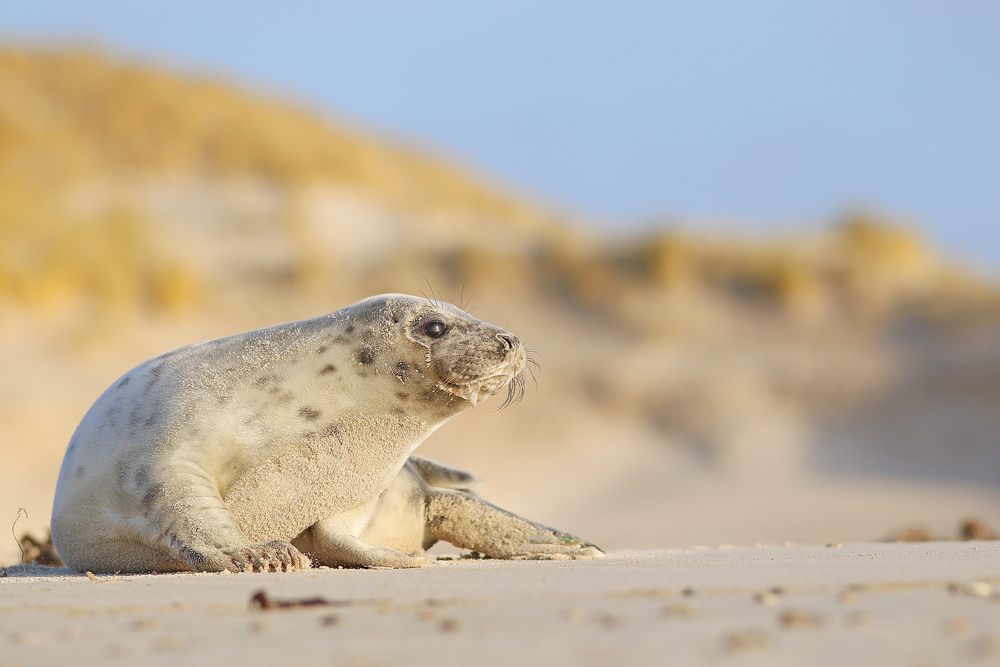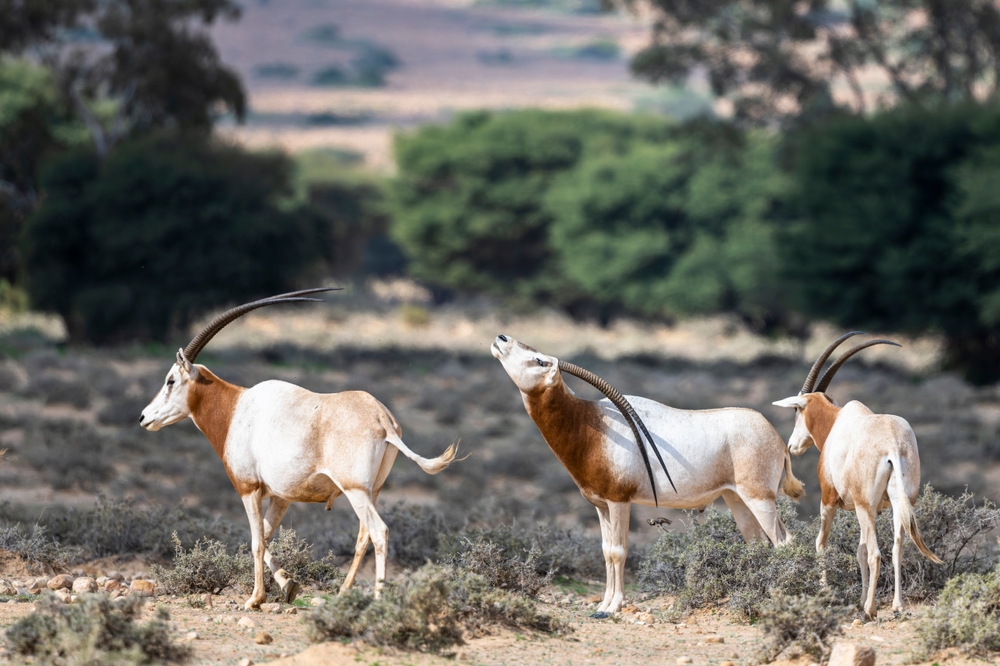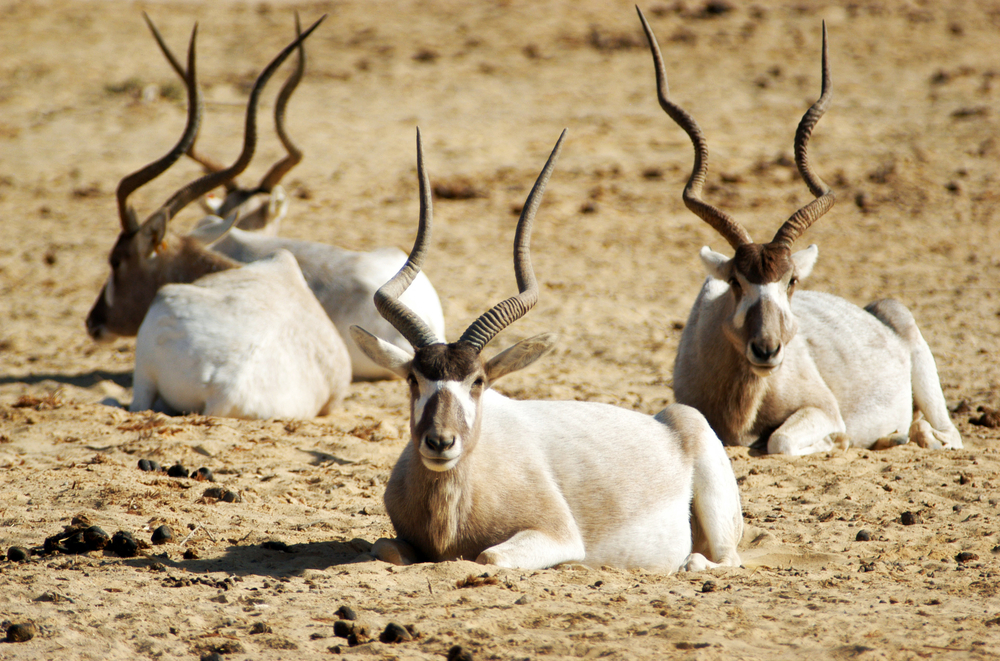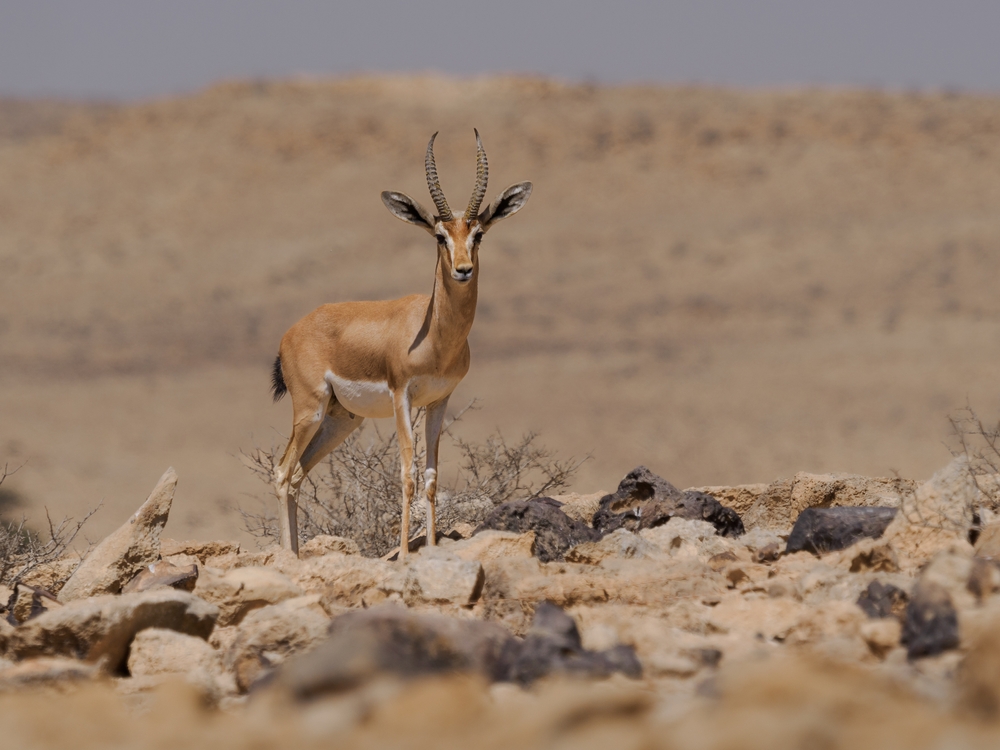Zembra Overview
Zembra National Park, locally known as Parc National de Zembra, is a pristine and ecologically significant protected area located off the northeastern coast of Tunisia. Established in 1977, the park encompasses the island of Zembra and its smaller counterpart, Zembretta National Park, as well as the surrounding marine waters. This marine and terrestrial sanctuary covers approximately 3,400 hectares (8,400 acres) and is celebrated for its dramatic landscapes, unique wildlife, and critical role in regional conservation efforts.
The island of Zembra rises sharply from the Mediterranean Sea, forming a rugged terrain of steep cliffs, rocky coves, and rolling hills that reach up to 435 meters (1,427 feet) at its highest point. Its remote location and limited human impact have preserved its wild and untouched beauty. While the park lacks rivers or waterfalls, the natural springs and secluded beaches enhance its allure, making it an idyllic escape for nature enthusiasts.
Zembra National Park is a biodiversity hotspot, particularly for seabirds and marine life. It is home to one of the Mediterranean’s largest colonies of Scopoli’s shearwaters, which nest on the island’s cliffs. Other notable avian residents include Audouin’s gulls, yellow-legged gulls, and the elusive peregrine falcon. The park’s waters support a vibrant marine ecosystem, with species such as groupers, sea breams, and octopuses thriving in the protected environment. Marine mammals, including dolphins and the occasional Mediterranean monk seal, are also spotted in the surrounding waters.
On land, Zembra’s vegetation is dominated by Mediterranean shrubs and aromatic plants such as thyme, rosemary, and juniper. These plants not only contribute to the island’s rugged beauty but also provide critical habitats for insects, reptiles, and birds. Seasonal blooms add bursts of color to the landscape, creating a stunning contrast against the deep blue of the Mediterranean.
Zembra National Park is renowned for its ecological importance and strict protection measures. As a UNESCO Biosphere Reserve, it serves as a vital sanctuary for numerous endangered species and a critical stopover for migratory birds. The park’s isolation and regulated access ensure that its ecosystems remain undisturbed, preserving its biodiversity for future generations. Conservation efforts include habitat restoration, research initiatives, and the enforcement of strict fishing and tourism regulations to mitigate human impact.
Visitors to Zembra National Park are limited due to its status as a highly protected area. However, guided tours and boat excursions offer opportunities to explore its breathtaking coastline, observe seabird colonies, and snorkel in its crystal-clear waters. The park’s pristine condition and remote ambiance make it a must-visit destination for those seeking a unique and tranquil connection with nature.
In summary, Zembra National Park is a jewel of Tunisia’s natural heritage, offering a rare glimpse into an untouched Mediterranean ecosystem. Its dramatic landscapes, rich biodiversity, and conservation success story make it an invaluable treasure for both Tunisia and the global community.

















































































